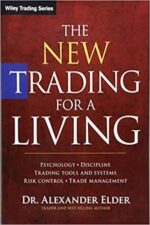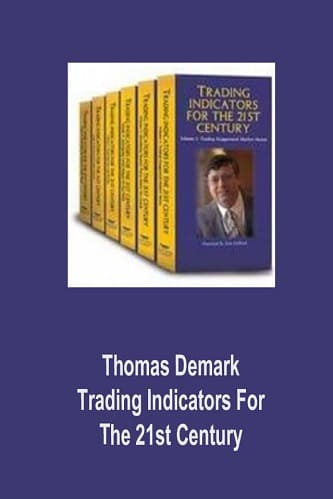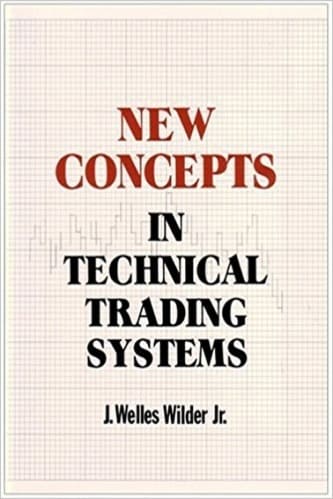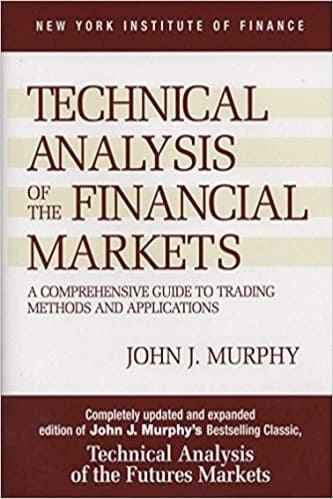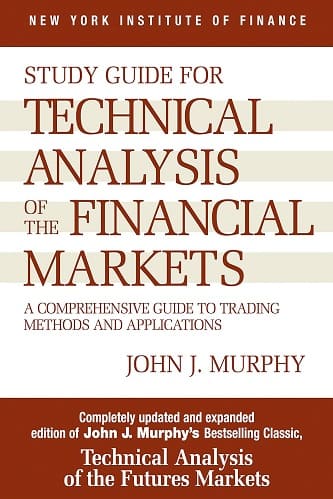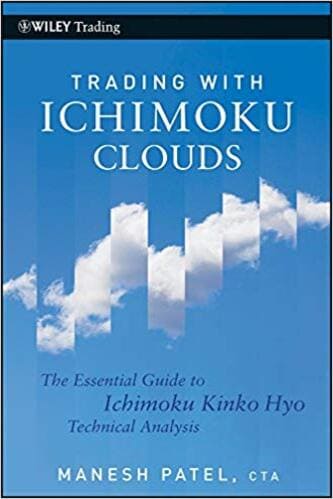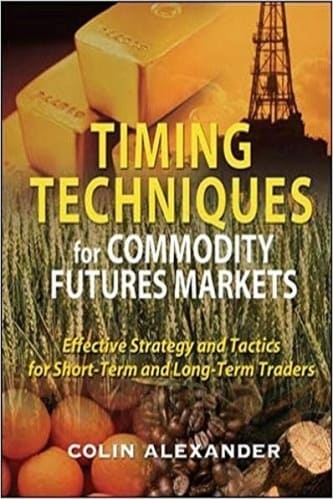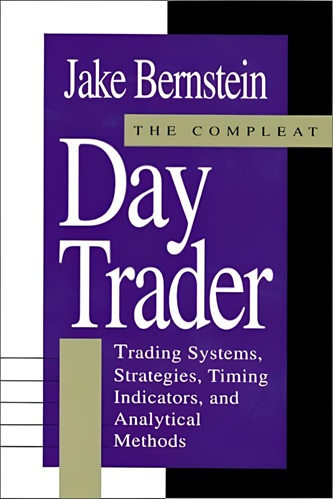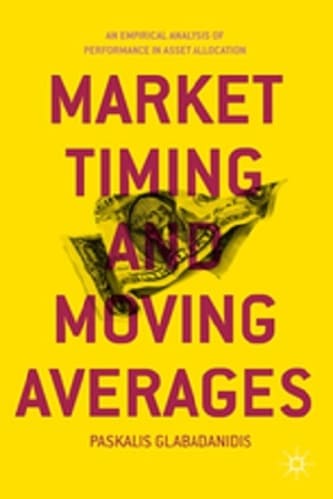The New Trading for a Living With Study Guide: Psychology, Discipline, Trading Tools and Systems, Risk Control, Trade Management
$38.62
| Author(s) | |
|---|---|
| Format |
|
| Pages |
159 ,300 |
| Publication Year |
2014 |
The New Trading for a Living updates a modern classic, popular worldwide among both private and institutional traders. This revised and expanded edition brings time-tested concepts in gear with today’s fast-moving markets, adding new studies and techniques for the modern trader.
The Study Guide’s 170 multiple-choice questions are divided into 11 chapters, each with its own rating scale. They cover the entire range of trading topics, from psychology to system design, from risk management to becoming an organized trader. Each question is linked to a specific chapter in the main book, while the Answers section functions like a mini-textbook. It doesn’t just tell you that A is right or B is wrong―it provides extensive comments on both the correct and incorrect answers.
Introduction:
The three pillars of successful trading are psychology, market analysis, and risk management. Good record-keeping ties them together. This book will help you learn the essentials of all these areas. Part One of this book will show you how to manage emotions in trading. I discovered this method while practicing psychiatry. It greatly improved my trading, and it can help you too. Part Two will focus on crowd psychology of the markets. Mass behavior is more primitive than that of individuals. If you understand how crowds behave, you’ll be able to profit from their mood swings instead of being swept up in their emotional tides.
Part Three will show how chart patterns reflect crowd behavior. Classical technical analysis is applied social psychology, like poll-taking. Support, resistance, breakouts, and other patterns reflect crowd behavior. Part Four will teach you modern methods of computerized technical analysis. Indicators provide a better insight into mass psychology than classical chart patterns. Trend-following indicators help identify market trends, while oscillators show when those trends are ready to reverse. Volume and open interest also reflect crowd behavior. Part Five will focus on them as well as on the passage of time in the markets. Crowds have short attention spans, and a trader who relates price changes to time gains a competitive advantage.
Part Six will focus on the best tools for analyzing the stock market as a whole. They can be especially helpful for stock index futures and options traders. Part Seven will present several trading systems. We’ll begin with the Triple Screen, which has become widely accepted, and then review the Impulse and Channel trading systems. Part Eight will discuss several classes of trading vehicles. It will outline pluses and minuses of equities, futures, options, and forex, while blowing away the promotional fog that clouds some of these markets.
Part Nine will lead you into the all-important topic of money management. This essential aspect of successful trading is neglected by most amateurs. You can have a brilliant trading system, but if your risk management is poor, then a short string of losses will destroy your account. Armed with the Iron Triangle of risk control and other tools, you’ll become a safer and more effective trader. Part Ten will delve into the nittygritty of trading—setting stops, profit targets, and scanning. These practical details will help you implement any system you like.
Part Eleven will guide you through the principles and templates of good record-keeping. The quality of your records is the single best predictor of your success. I’ll offer you free downloads of the templates I like to use. Last but not least, this book has a separate Study Guide. It asks over 100 questions, each linked to a specific section of the book. All questions are designed to test your level of understanding and discover any blind spots. After you finish reading each section of this book, it’ll make sense to turn to the Study Guide and answer questions relevant to that section. If test results turn out to be less than excellent, don’t hurry, reread that section of the book, and retake the test.
Contents:
- Individual Psychology
- Mass Psychology
- Classical Chart Analysis
- Computerized Technical Analysis
- Volume and Time
- General Market Indicators
- Trading Systems
- Trading Vehicles
- Risk Management
- Practical Details
- Good Record-Keeping
The New Trading for a Living With Study Guide By Alexander Elder pdf



